All Posts
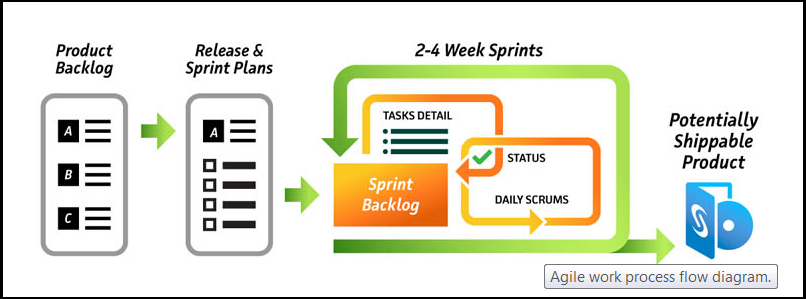
At SAS, one of our core values is to be swift and agile. So it makes sense that our software development be Agile too. The Agile methodology has been around for more than 10 years and was designed with software development in mind. Today, it is still used predominately for
Often we want to visualize the relationship between variables over time. The understanding of such data can be improved by viewing the animated graph over time. With SAS 9.4, you can create animated graphs using the new animation options on the OPTIONS statement and the PRINTER destination. A popular example an
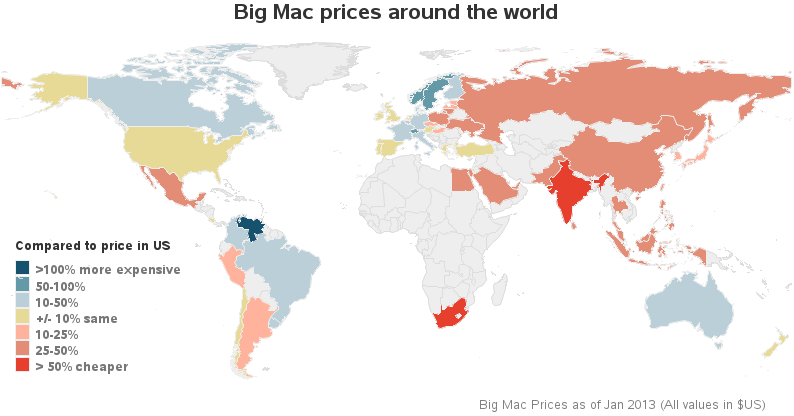
I recently read an interesting article in The Economist, where they describe "The Big Mac index." This is an index they invented as a lighthearted guide to compare currencies in different countries. In their article they create a multi-panel display (similar to a dashboard) where they compare the index for several countries using

A good chunk of the SAS year revolves around SAS Global Forum. Pre-conference, everyone is busy polishing presentations and planning meetings. Post-conference is the best—attendees come back to Cary with heads full of customer ideas to implement and notebooks full of contacts to follow up on. One user's request found its

Humans have over 10,000 taste buds which are made up of hundreds of receptor cells that control our sense of taste. Each type of receptor responds to one of these 5 basic tastes: Sweet: activated by presence of sugars (ie: fruit, sugary drinks, desserts) Salty: activated by presence sodium chloride

"And the winner is…" Ob der Branchen-Oskar für wirksame Marktkommunikationen, der "GWA Effie", oder die "Löwen von Cannes" für inspirierende Kreativität: Im Frühsommer ist es traditionell wieder an der Zeit, Preise zu verleihen* in der Marketing- und Werbebranche! Sicher: Kreative Leistungen und erfolgreiche Zielgruppenansprachen in klassischen Medien, im Online-Bereich oder im
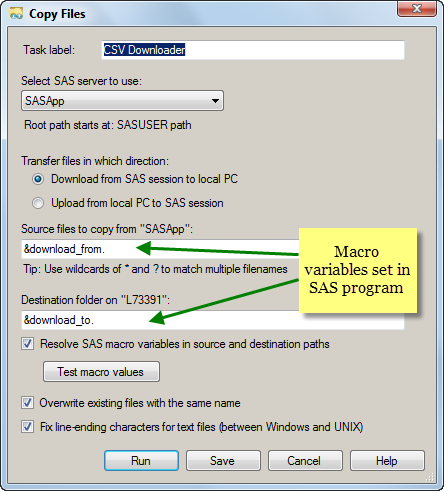
Last week I alluded to some very useful applications of the Copy Files task. This is one of them. If you have SAS Enterprise Guide 7.13 or later, the Copy Files task is in the Tasks->Data menu. In earlier versions, you'll have to download/install the task as a custom task.

Every time you see a rainbow, do you look to see where it begins and where it ends? Legend has it that there is a pot of gold at the end of each rainbow with leprechauns guarding it. While this might be popular Irish folklore, and you may not find

For programmers who are learning the SAS/IML language, it is sometimes confusing that there are two kinds of multiplication operators, whereas in the SAS DATA step there is only scalar multiplication. This article describes the multiplication operators in the SAS/IML language and how to use them to perform common tasks
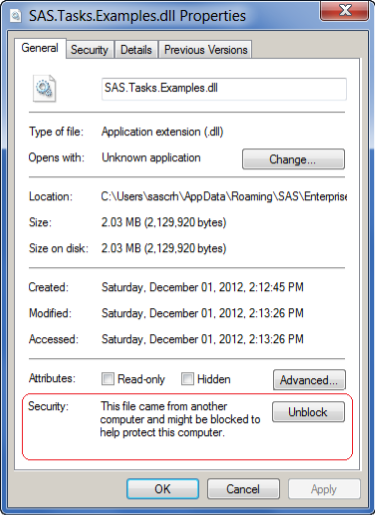
Recent versions of SAS Enterprise Guide (version 5.1 and later) use Microsoft .NET 4.0, which enforces additional security requirements before running custom task DLLs that you download from the Web, including those that you download from support.sas.com. Because these task DLLs are downloaded from the (big and scary) Internet, the
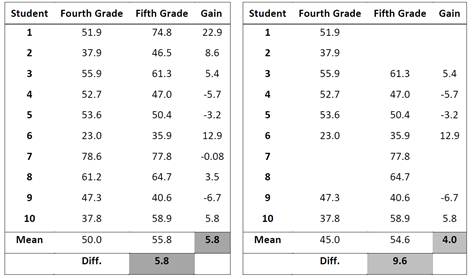
Students with missing test scores are often highly mobile students and are more likely to be low-achieving students. It is important to include these students in any growth/value-added model to avoid selection bias, which could provide misleading growth estimates to districts, schools and teachers that serve higher populations of these

SAS Global Forum 2013 is a couple weeks in the past, but the feedback and anticipation shared by customers as they heard about SAS 9.4 are still fresh in our minds here at SAS. As we put the final touches on the June release, the excitement we felt in San
The PharmaSUG 2013 conference in Chicago this week was awesome. From the perspective of graphics, there was great interest in using SG Procedures, Designer and GTL for building clinical graphs. It was nice to see many papers by users on how they are using these tools for creating graphs on a daily

A few months ago I released the Copy Files task for use with SAS Enterprise Guide. The task allows you to transfer any files between your PC and a SAS Workspace session, much like an FTP process. It doesn't rely on FTP though; it uses a combination of SAS code,
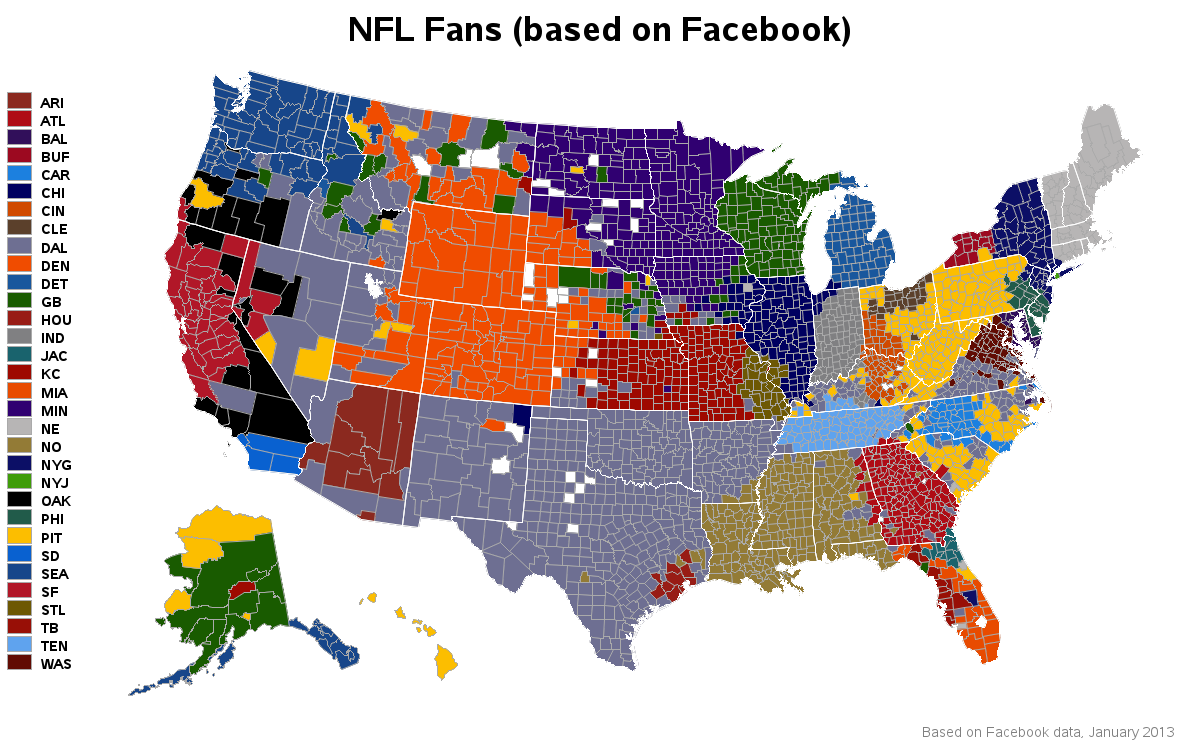
Are you an NFL fan, or curious about analyzing social media data? -- Well, in either case, this blog's for you! I recently read a fascinating Facebook article that included a U.S. county map showing which NFL (U.S. football) team had the most 'likes' in each county (based on ~35 million










